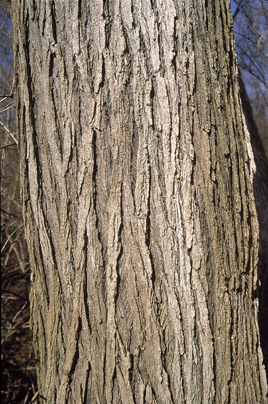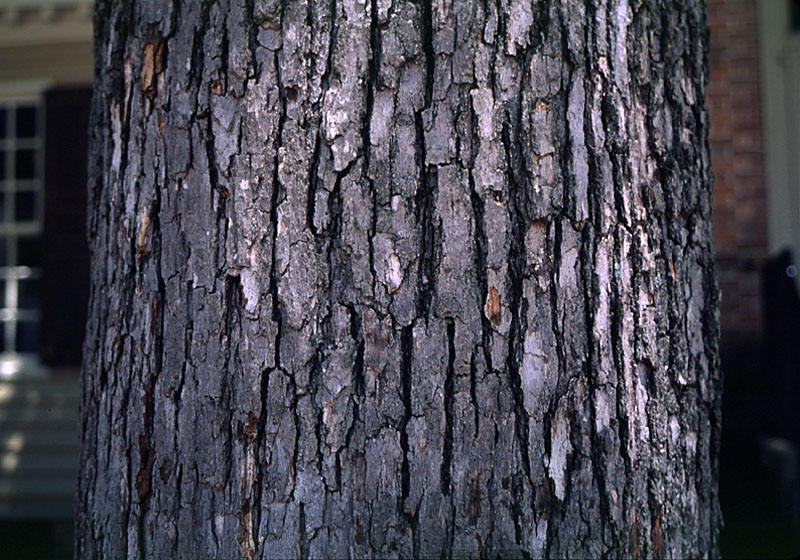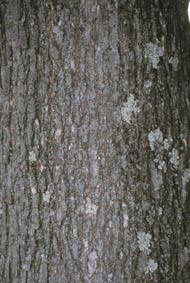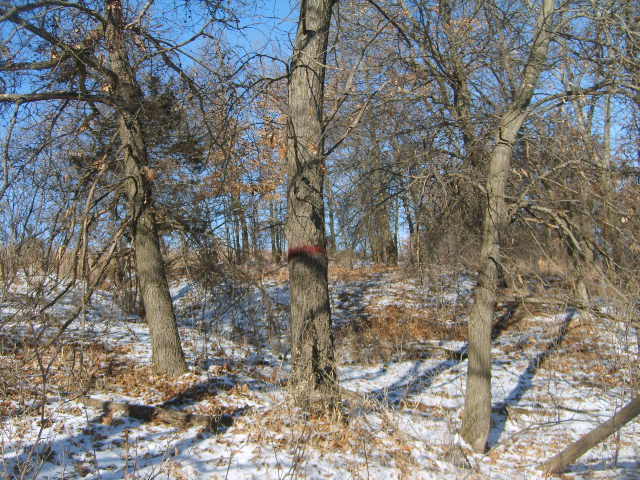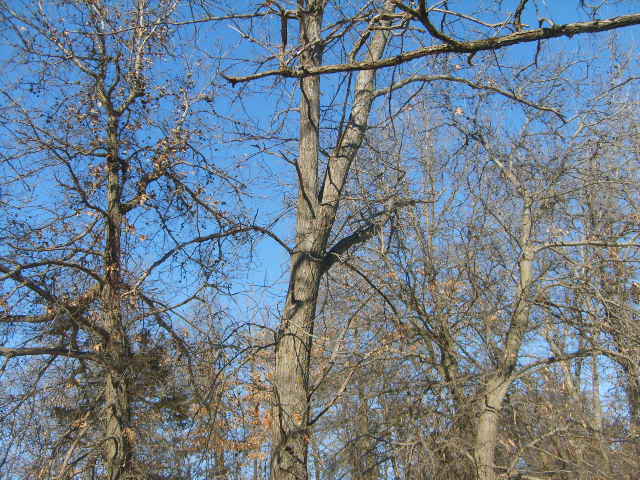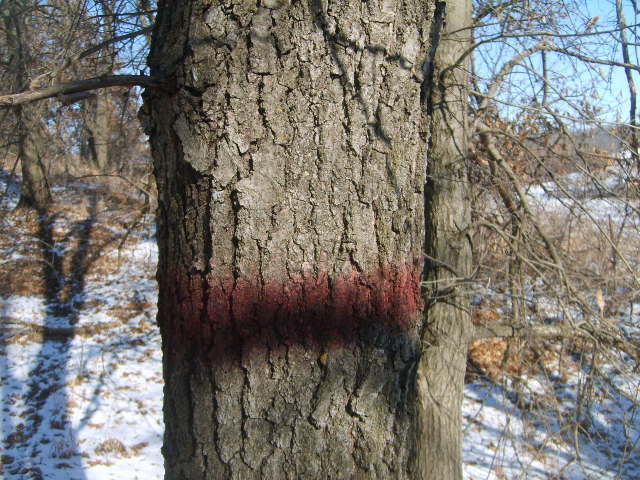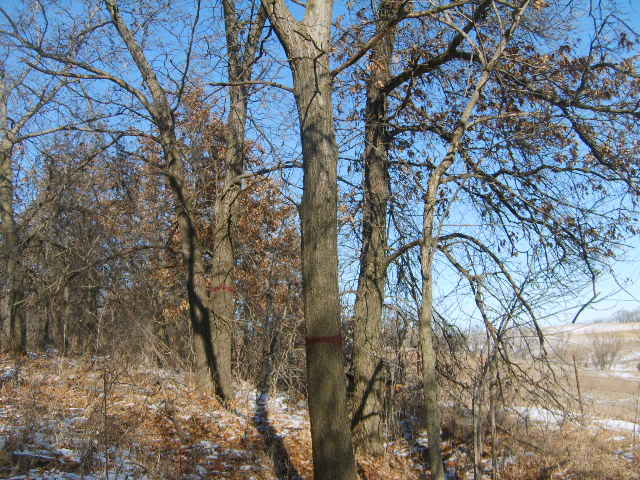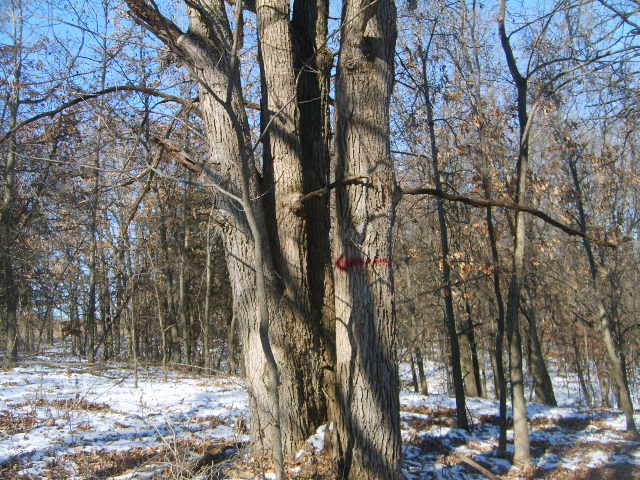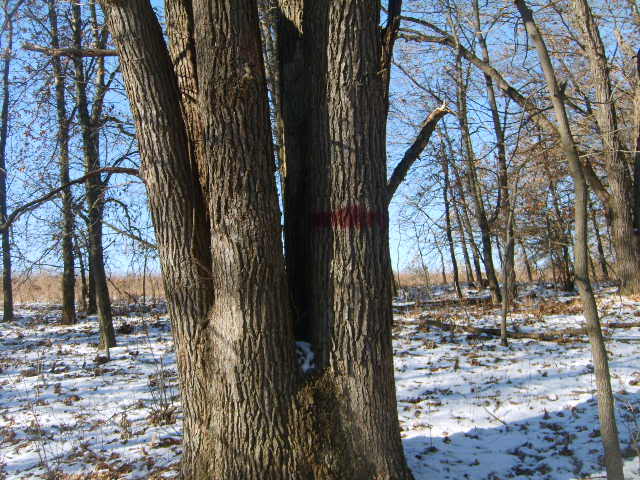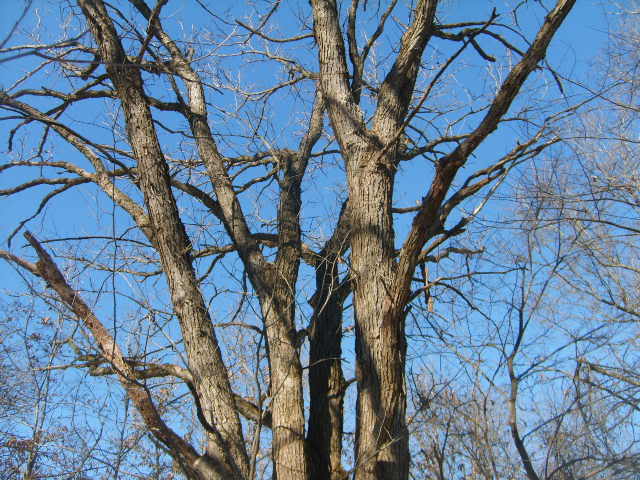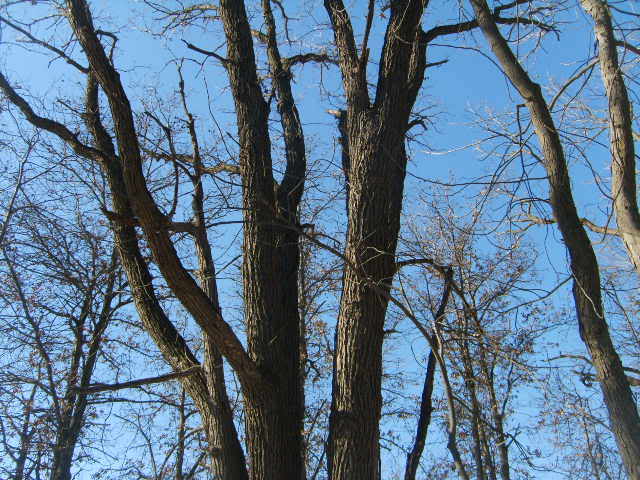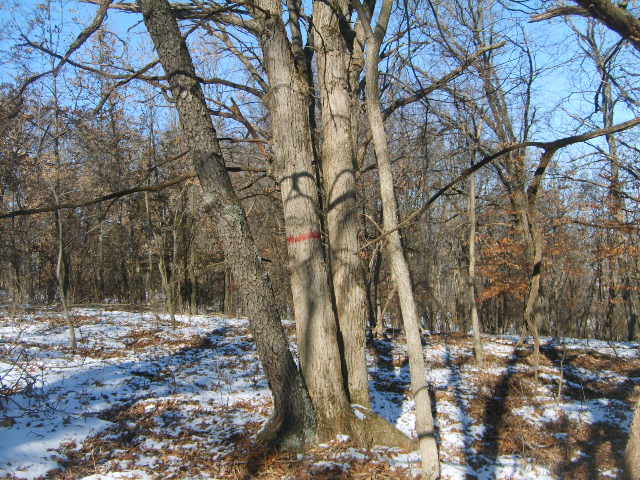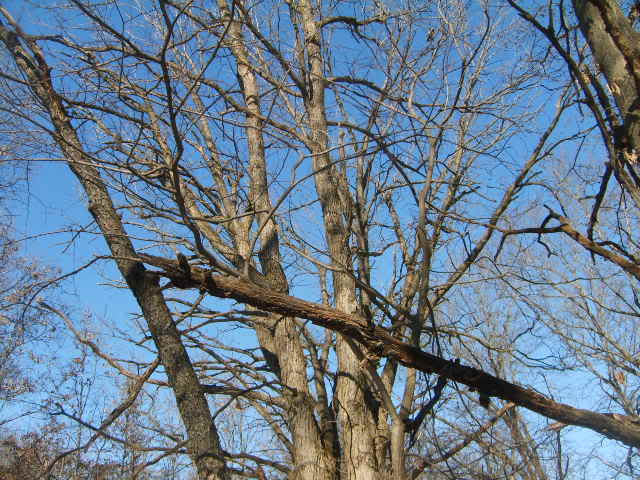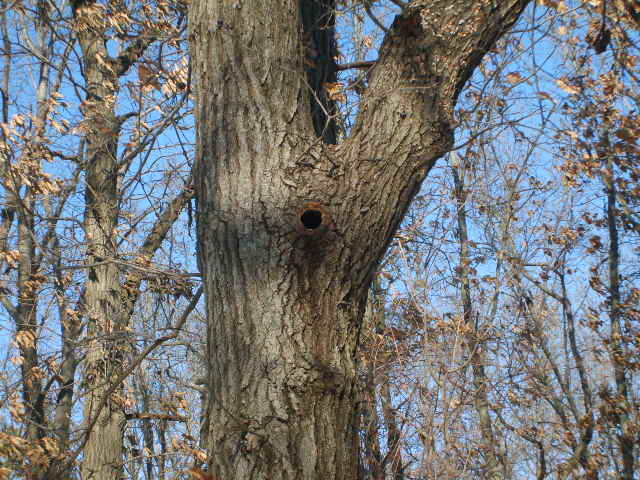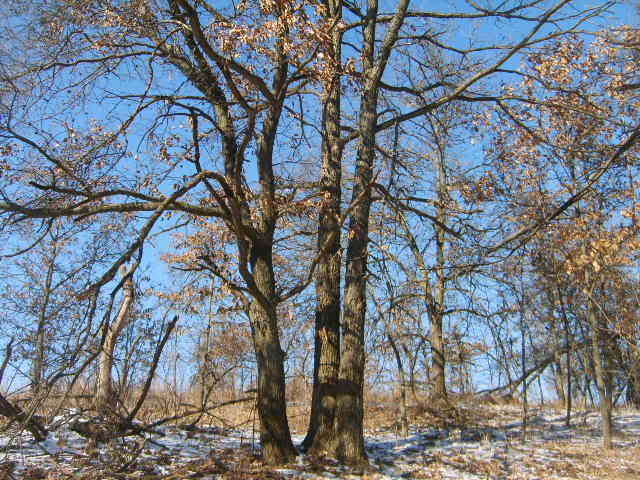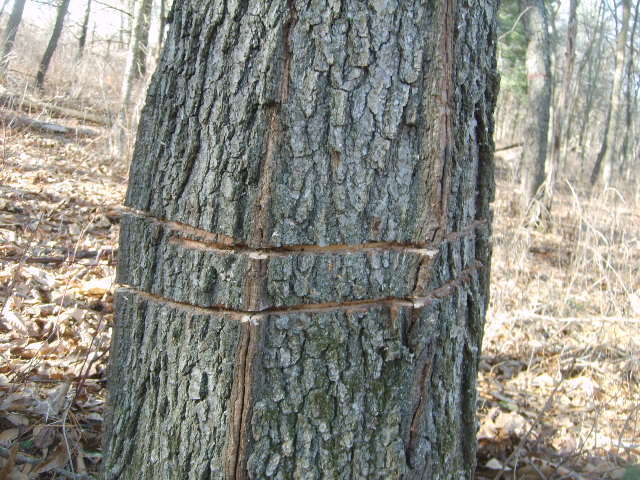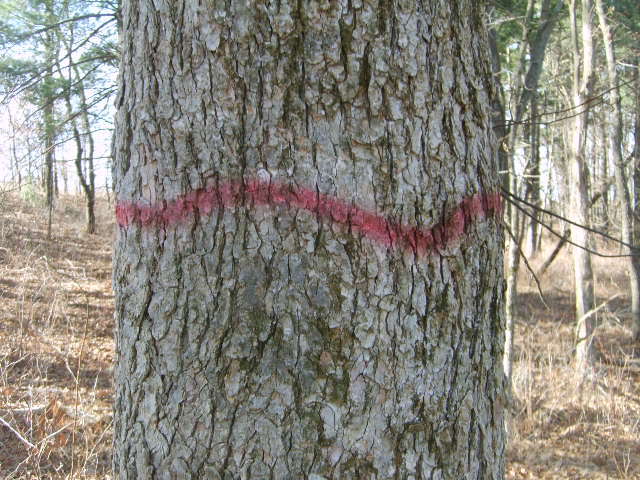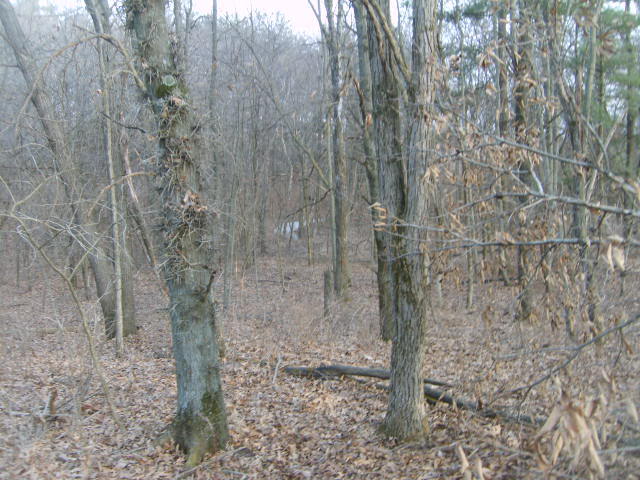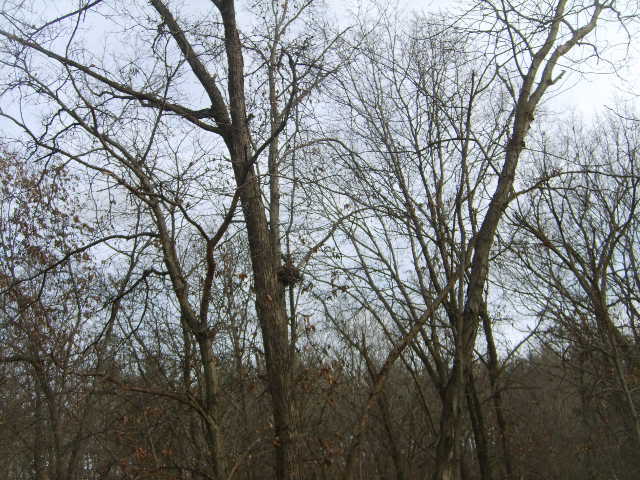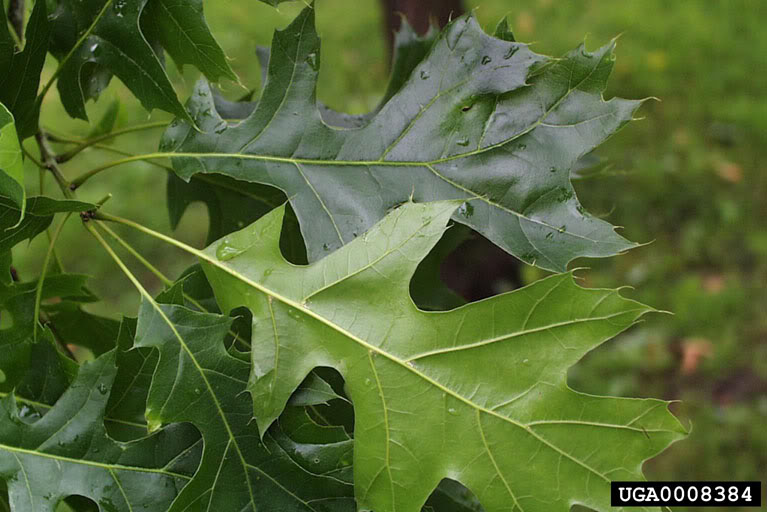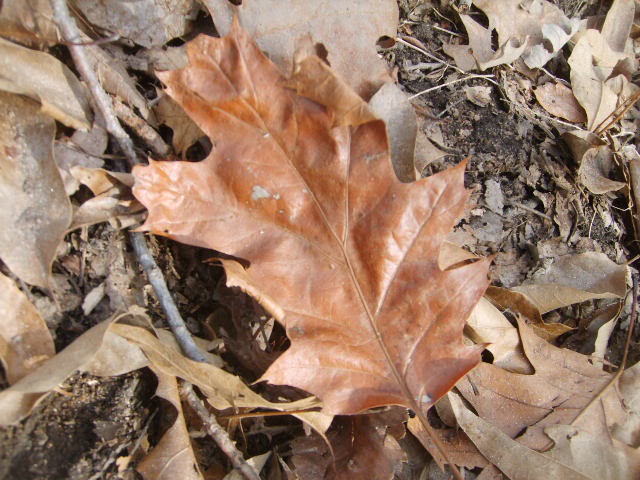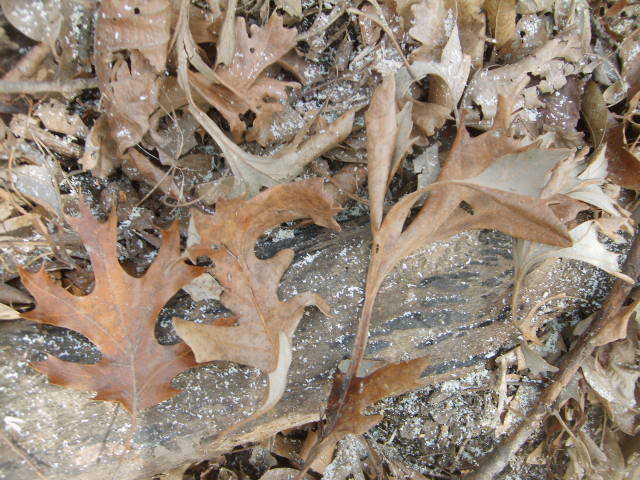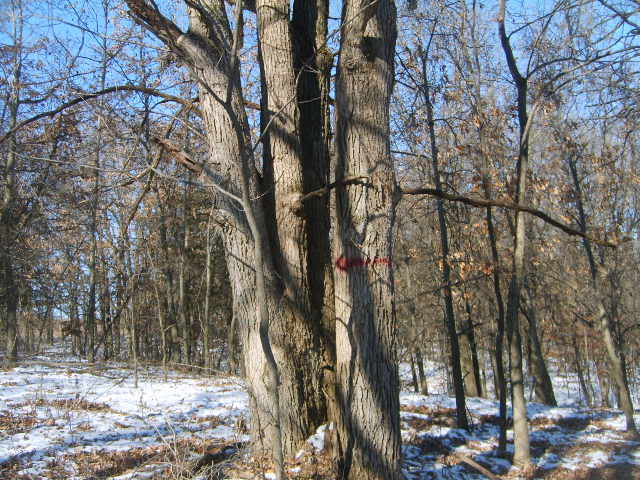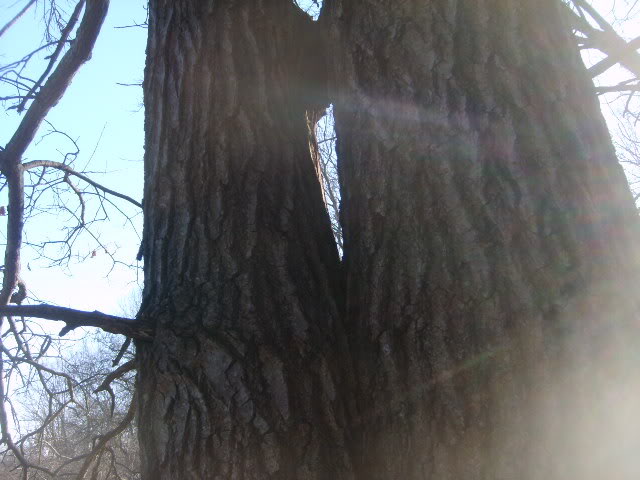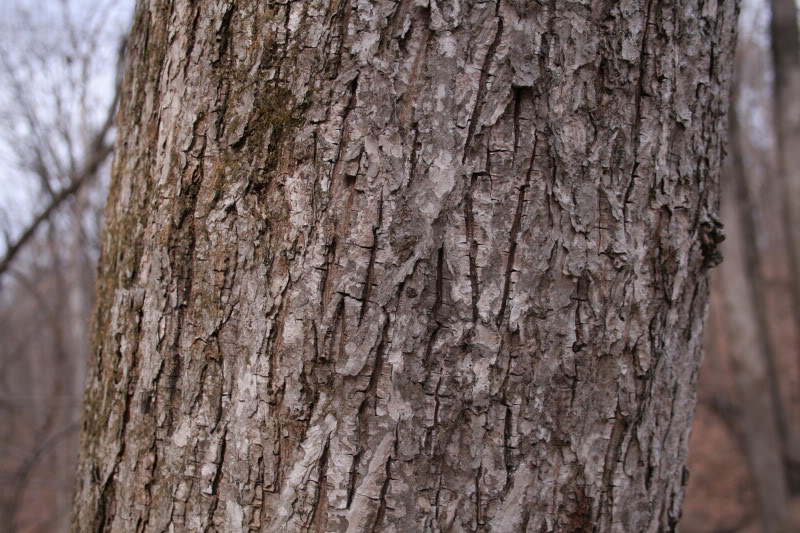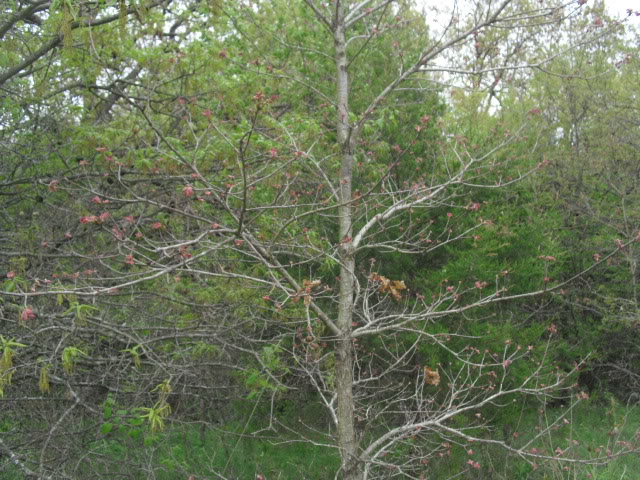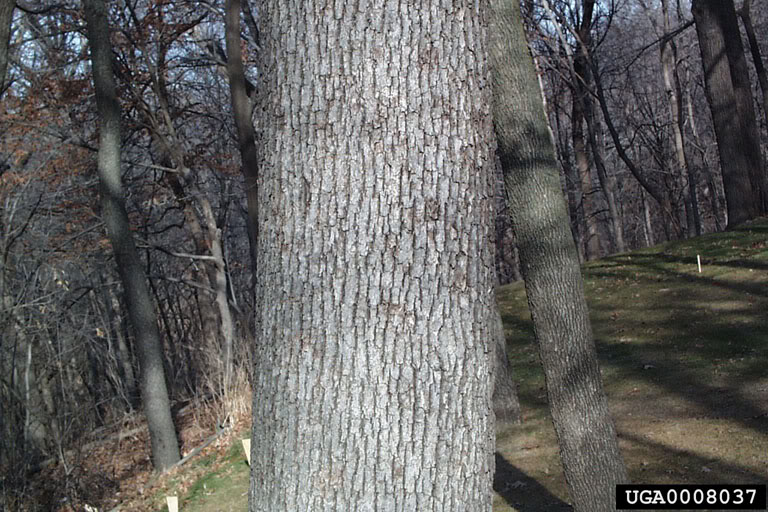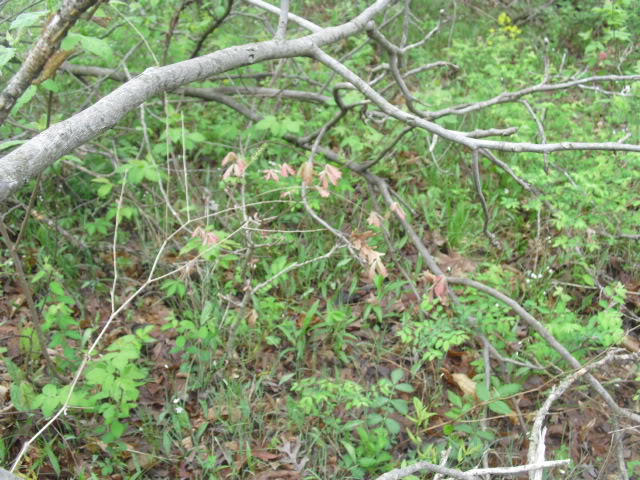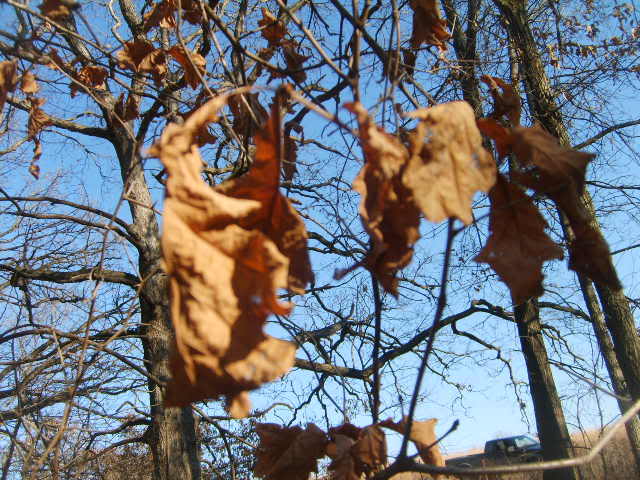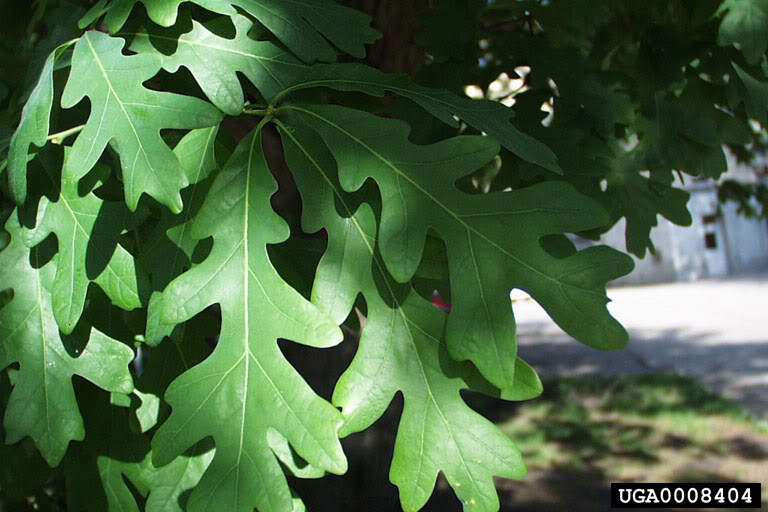Re: Timber Stand Improvment - identifing trees
Dbltree, can you send some more pics of 4 & 5??? Can you send any of the twig ends AND some leaves around them- are there ANY leaves still hanging? (probably not since you would have thought of that!!).
I think one of those is an elm possibly (that would be EASY to tell with the ends of the twigs), the other a type of oak.
I have a few on my farm that stump me like that too!!! I actually had a forester out once that couldn't tell me what a couple trees were they were so tricky!!! Often, the problem lies when a tree does not grow like the typical BOOK photos depict- often times the bark is different in texture (many times that's from growing conditions). Sometimes the leaves are not consistent either with typical looking growth & you sit there looking at them scratching your head.
Just from the bark of 4&5, you got some tricky ones!!!
Dbltree, can you send some more pics of 4 & 5??? Can you send any of the twig ends AND some leaves around them- are there ANY leaves still hanging? (probably not since you would have thought of that!!).
I think one of those is an elm possibly (that would be EASY to tell with the ends of the twigs), the other a type of oak.
I have a few on my farm that stump me like that too!!! I actually had a forester out once that couldn't tell me what a couple trees were they were so tricky!!! Often, the problem lies when a tree does not grow like the typical BOOK photos depict- often times the bark is different in texture (many times that's from growing conditions). Sometimes the leaves are not consistent either with typical looking growth & you sit there looking at them scratching your head.
Just from the bark of 4&5, you got some tricky ones!!!




